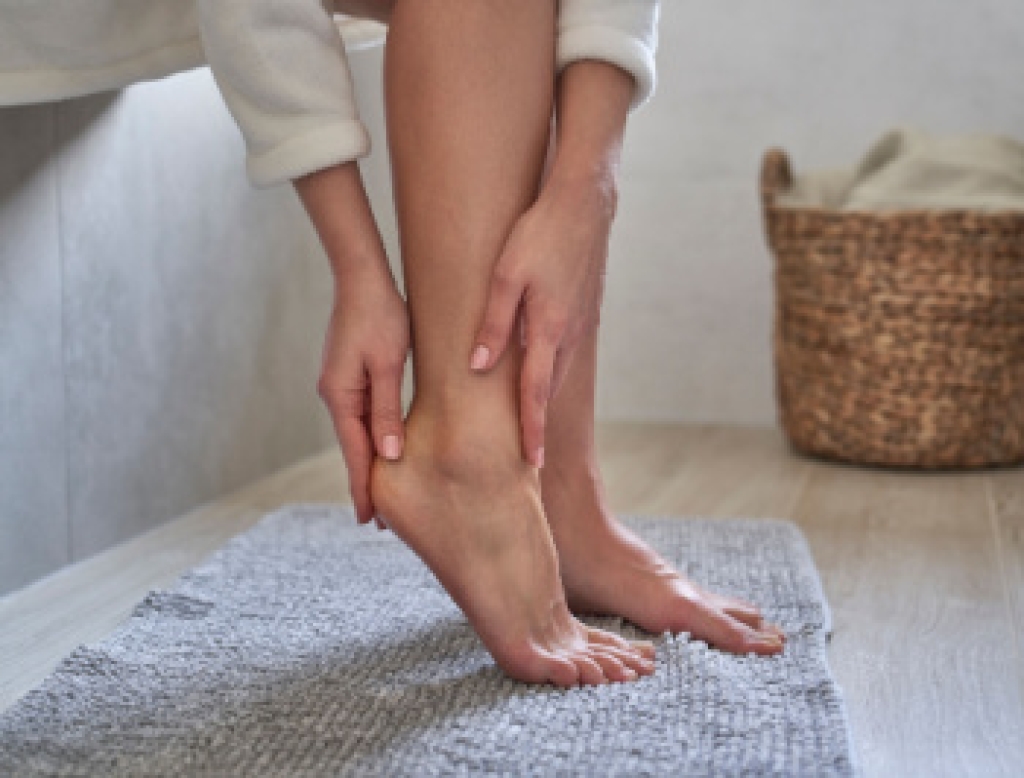
When a newborn’s foot will not flex easily, it can be concerning for parents, but early evaluation helps ensure healthy development. Limited foot motion may be related to positioning in the womb, tight tendons, or a structural issue such as congenital clubfoot or metatarsus adductus. A podiatrist begins by gently assessing the foot’s range of motion, checking muscle tone, and noting whether the stiffness changes with soft stretching. Most flexible positional conditions improve with simple hands-on therapy, guided stretching, and monitoring as the baby grows. When the foot remains rigid or shows signs of deformity, treatment may include splinting, casting, or other corrective techniques to support proper alignment. Early care makes a significant difference in long-term mobility and comfort. It is suggested that you see a podiatrist promptly if your newborn’s foot does not move or flex as expected.
Making sure that your children maintain good foot health is very important as they grow. If you have any questions, contact one of our podiatrists of Lexington Foot and Ankle Center, PSC. Our doctors can provide the care you need to keep you pain-free and on your feet.
Keeping Children's Feet Healthy
Having healthy feet during childhood can help prevent medical problems later in life, namely in the back and legs. As children grow, their feet require different types of care. Here are some things to consider...
Although babies do not walk yet, it is still very important to take care of their feet.
Avoid putting tight shoes or socks on his or her feet.
Allow the baby to stretch and kick his or her feet to feel comfortable.
As a toddler, kids are now on the move and begin to develop differently. At this age, toddlers are getting a feel for walking, so don’t be alarmed if your toddler is unsteady or ‘walks funny’.
As your child gets older, it is important to teach them how to take care of their feet.
Show them proper hygiene to prevent infections such as fungus.
Be watchful for any pain or injury.
Have all injuries checked by a doctor as soon as possible.
Comfortable, protective shoes should always be worn, especially at play.
If you have any questions, please feel free to contact our offices located in Harrodsburg, Frankfort, Georgetown, and Lexington, KY . We offer the newest diagnostic and treatment technologies for all your foot care needs.



